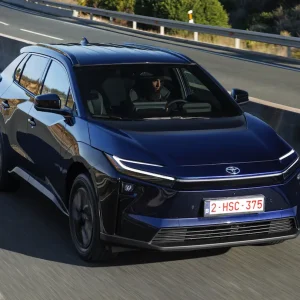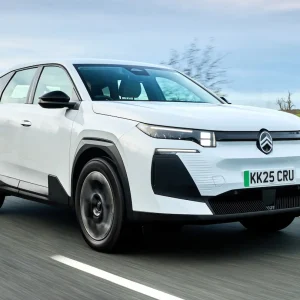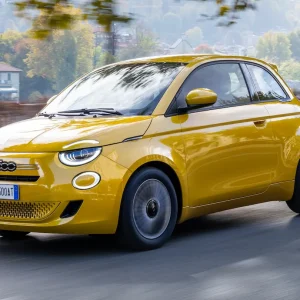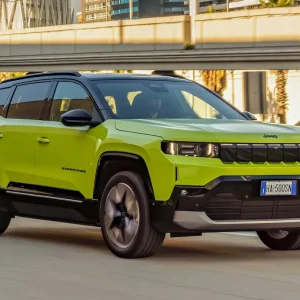Launching a premium car brand is fraught with challenges. We generally accept that Mercedes-Benz, BMW and Audi are the benchmarks, although 40 years ago there would have been many that did not consider Audi as reaching the same standard.
Lexus has taken 30 years to reach the level it’s at now, perhaps hampered a little in the past by mixed messages on diesel, but its quality, design and image are up there with the best.
Renault dabbled 20 years ago with the Avantime coupé and Vel Satis hatchback. At the time insisting that it was there for the long haul and it could take 20-30 years to become established as a premium brand player. This project lasted only a few years, as the company found it tough while the financial crisis of 2008/9 seemed an opportunity to cut losses.
French brands in particular have seemed to struggle. The Peugeot 607 and Citroën C6 sold in relatively small numbers and didn’t make it beyond the end of their life-cycles.
But for PSA – now the French contingent in the Stellantis automotive giant – a change of strategy occurred as the C6 was in its twilight years. Citroën launched DS models as upmarket models sold from a corner of Citroën showrooms – before spinning DS off as a brand in its own right in 2014.
The first of these new-generation models launched in 2018 with the DS 7 Crossback, followed by the compact DS 3 Crossback a year later. Soon DS will launch a new DS 4 as a rival to the Mercedes-Benz A-Class, BMW 1 Series and Audi A3, but the executive car sector where the DS 9 will be launched is a tougher nut to crack.
DS believes around 80% of its DS 9 sales in the UK will be fleet sales, and it’s launching with a plug-in hybrid alongside a petrol variant, which is a good thing. Both offer 225hp, while a 360hp plug-in hybrid with all-wheel drive will join the range later this year.
The DS 9 is based on the same platform that produces the Peugeot 3008, 5008 and 508, as well as the new Citroën C5 X plus a few vans. The DS is the longest wheelbase of any vehicle produced from it today, giving it a spacious interior.
The DS models launched so far have shown a distinctive style inside, and the DS 9 continues this theme. The entry-level Performance Line + comes with Alcantara seats, while the Rivoli + has leather. Speccing the Opera Pack means the leather is in a deep red hue and the seats have a stitching design reminiscent of a metal watch strap. This pack also includes massage functions for the outer rear seats (front seat massage is a standard feature with Rivoli +).
DS is talking about sales in the hundreds each year and there are no targets, and it will not be pushed to fleet customers. Residual values percentages are not as strong as for German rivals, but the DS 9’s more competitive pricing and extra standard equipment means the cash lost to depreciation compared with a more expensive and more powerful plug-in hybrid rival is actually higher.
On the road, the DS 9 is exceptionally refined and the DS Active Scan suspension (standard on all but the entry-level non-hybrid) does a decent job of providing a smooth ride, even on the 19in wheels of our test car.
It might take a while yet for DS to become recognised on the road, but the DS 9 is a credible alternative to obvious executive saloons.
DS 9 E-Tense Performance Line +
P11D: £46,045
Residual value: 32.3%
Depreciation: £31,193
Fuel: £1,935
Service, maintenance and repair: £2,647
Cost per mile: 59.6p
Fuel consumption: 176.6mpg
CO2 (BIK %): 33g/km (11%)
BIK 20/40% a month: £84/£169
Luggage capacity: tbc
Engine size/power: 1,598cc/225hp





